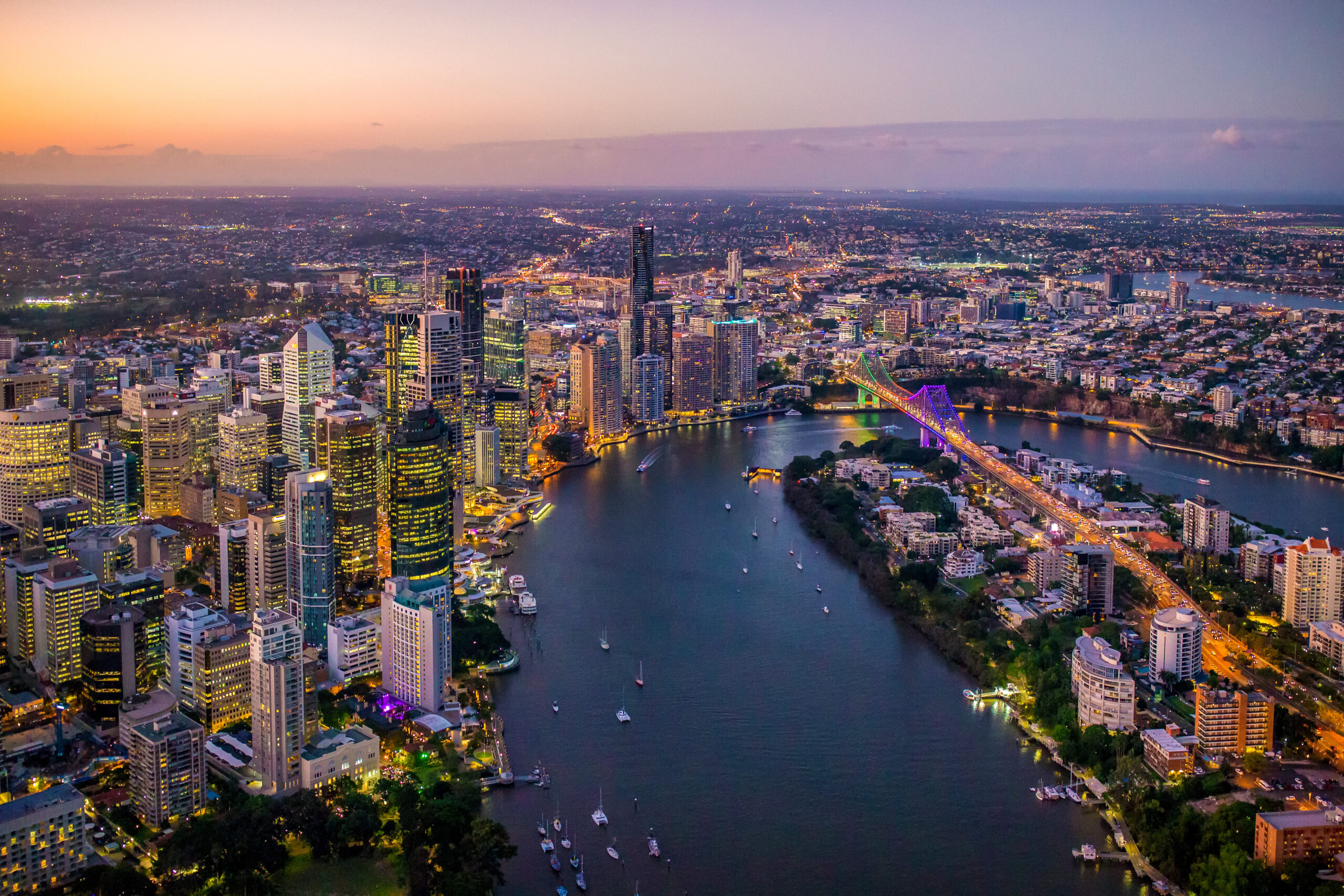
International River Symposium
About the symposium
The International River Symposium (IRS) emerged from the Brisbane Festival. First held in 1998, the IRS was a signature event with the key goal of raising environmental awareness.
Over twenty-five years later, the IRS has transformed into a world-renowned thought leadership forum, uniting global river changemakers to accelerate solutions and action for our rivers and waterways.
The IRS returned to its roots in 2025, held in partnership with Brisbane Festival, the city’s biggest cultural event. We were proud to welcome over five hundred delegates to the River City of Brisbane, amplifying the world’s focus on our river.

Explore the River Revolution

Thiess International River Prize
Congratulations to this year’s winner, the Chicago River, and finalists, Cumbria Rivers, Klamath River and Vjosa River.
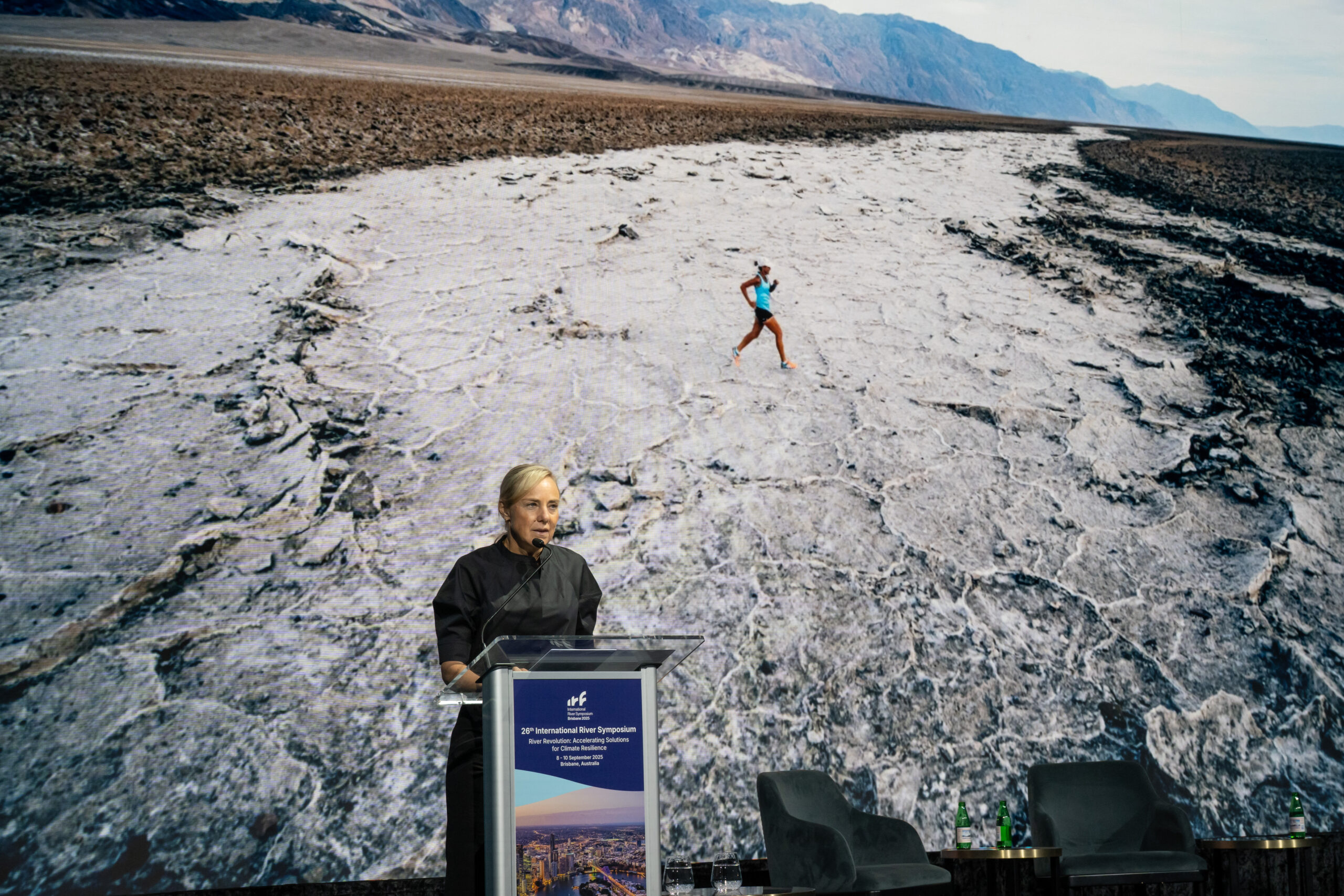
Explore the presentations
Want to learn more about the thought leadership topics presented? Explore the presentations shared by our IRS 2025 speakers.
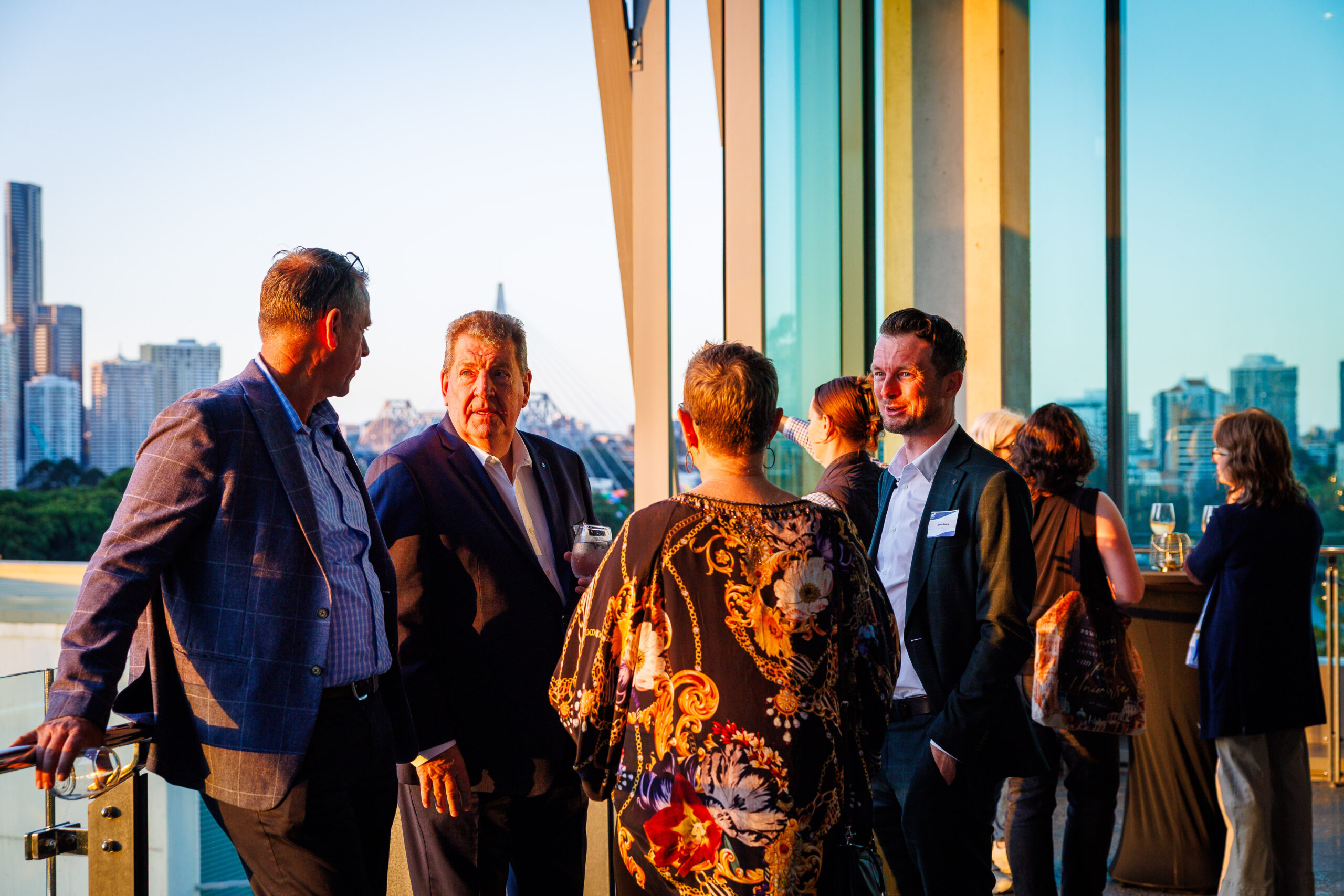
Watch the 2025 recap video
If you were unable to make it to IRS 2025, or if you just want to relive the excitement, we’ve compiled the best moments into a short highlight video.
2025 Symposium Partners
Our Symposium partners are spearheading solutions to inspire, invest and accelerate impact for rivers and future generations.
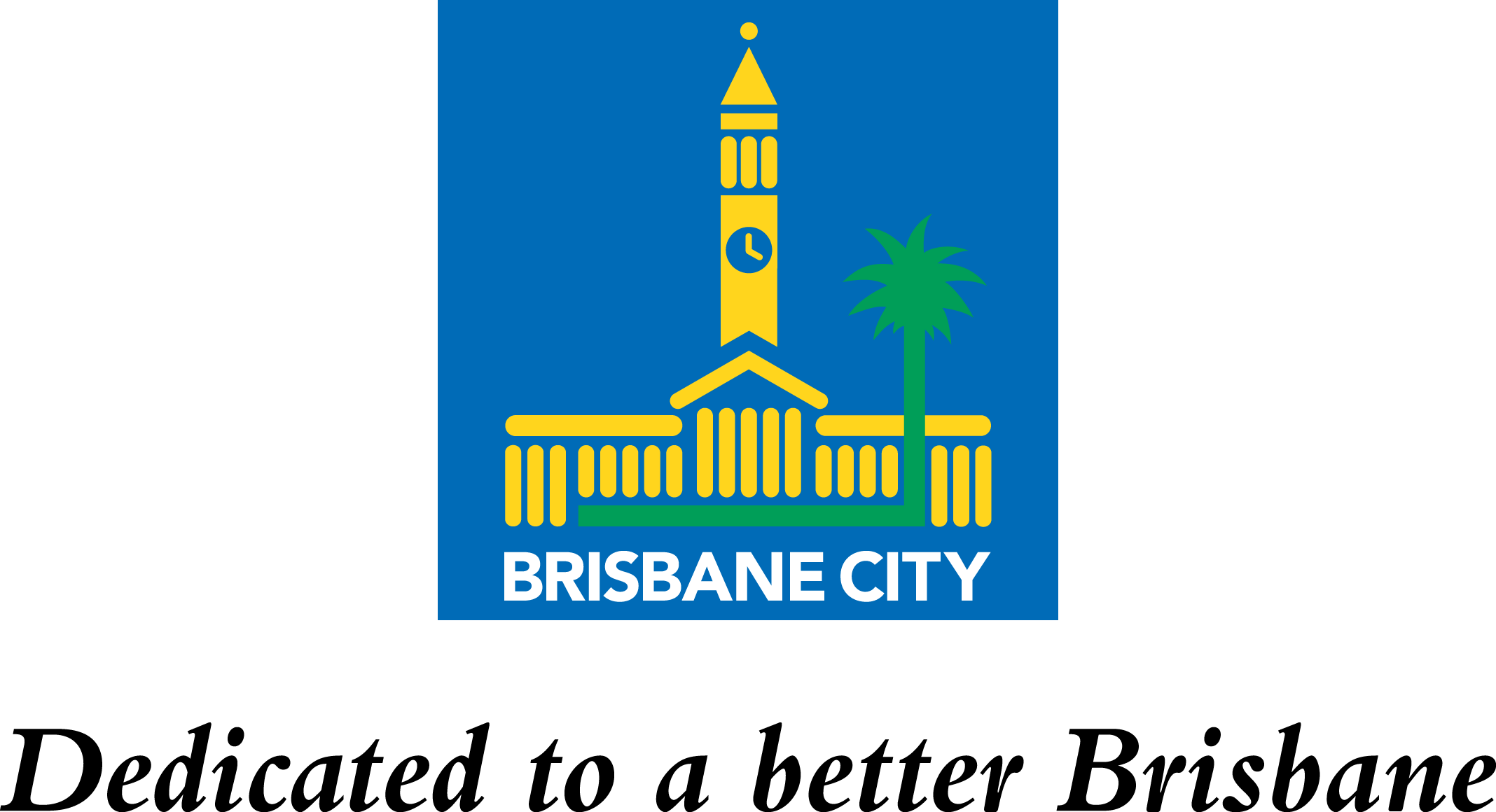















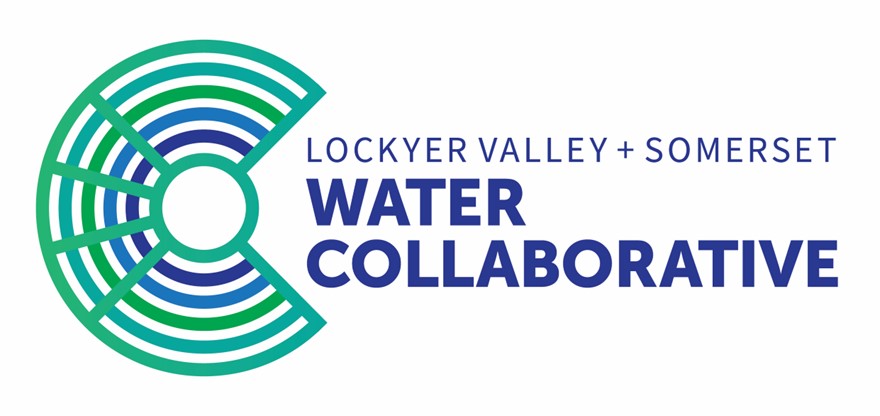



Insights from past speakers
Dr Nicole Silk
Ryan Gellert

Mina Guli
26th International River Symposium Snapshot
2025’s reimagined Symposium offered a dynamic, solutions-driven platform designed to connect the world’s foremost river leaders, scientists, policy shapers, traditional knowledge holders, and corporate changemakers.
Together, we explored urgent challenges including river restoration, water quality, catchment health, and nature-based solutions that deliver real-world impact.
Interested in accelerating the river revolution?
We are looking for sponsors, keynotes, abstract presenters, thought-leadership session leaders, session chairs, volunteers, masterclass and field trip hosts and anyone interested in being involved in the next International River Symposium.
"*" indicates required fields